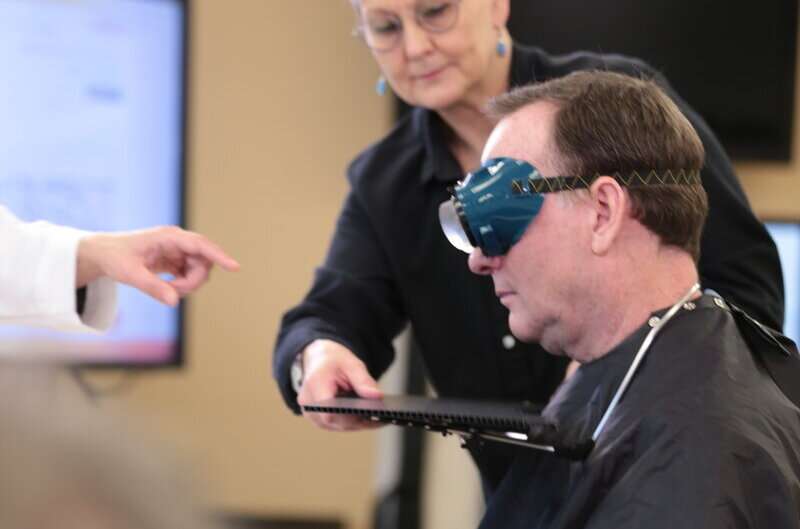
A recent qualitative study of rehabilitation professionals caring for people with spatial neglect enabled researchers to identify interventions to improve rehabilitation outcomes. Experts reported that implementation of spatial neglect care depends on interventions involving family support and training, promotion of interdisciplinary collaboration, development of interprofessional vocabulary, and continuous treatment and follow-up assessment through care transitions.
The article, “Barriers and Facilitators to Rehabilitation Care of Individuals with Spatial Neglect: A Qualitative Study of Professional Views” was published online in Archives of Rehabilitation Research and Clinical Translation on March 31, 2021.
After a stroke or other type of brain injury, many people experience spatial neglect, a disabling complication that disrupts a person’s ‘internal GPS’, causing them to have difficulties in navigating the environment. As a result, people may have trouble with balance, attention span, reading, memory, and navigation, and are at higher risk for injuries caused by falls, collisions, and other accidents. Spatial neglect contributes to prolonged recovery and poor rehabilitation outcomes.
To understand this problem, researchers conducted a qualitative study to ask rehabilitation professionals what challenges and helpful factors they encounter as they provide treatment to people with spatial neglect. In six focus group sessions with 15 occupational therapists and 14 physical therapists, all of whom treated patients with spatial neglect in a rehabilitation hospital system, researchers learned that while a range of barriers need to be addressed, ample opportunities exist to improve spatial neglect rehabilitation.
The therapists reported having support of peers and senior faculty, other clinical and service staff, and the management leadership. Spatial neglect care was facilitated by access to many if not all facility and equipment resources (e.g., specific treatment devices, availability of private space, feasibility of rearranging the physical setup of the room), a flexible schedule to meet individual patients’ needs, the freedom to try new treatment approaches, and various channels to gain knowledge (e.g., grand rounds, journal clubs, and collaborations with researchers).
Successful treatment for spatial neglect also depends on patient and family-related factors as well as insurance reimbursement. “Increasing patients’ self-awareness of their own deficits and improving their engagement and participation in therapy is an important first step in improving treatment outcomes,” said lead author Dr. Chen, senior research scientist at the Center for Stroke Rehabilitation Research at Kessler Foundation. “Supportive family members are also key facilitators to successful rehabilitation. Having an engaged, informed, and prepared caregiver can have enormous benefit.”
Source: Read Full Article
